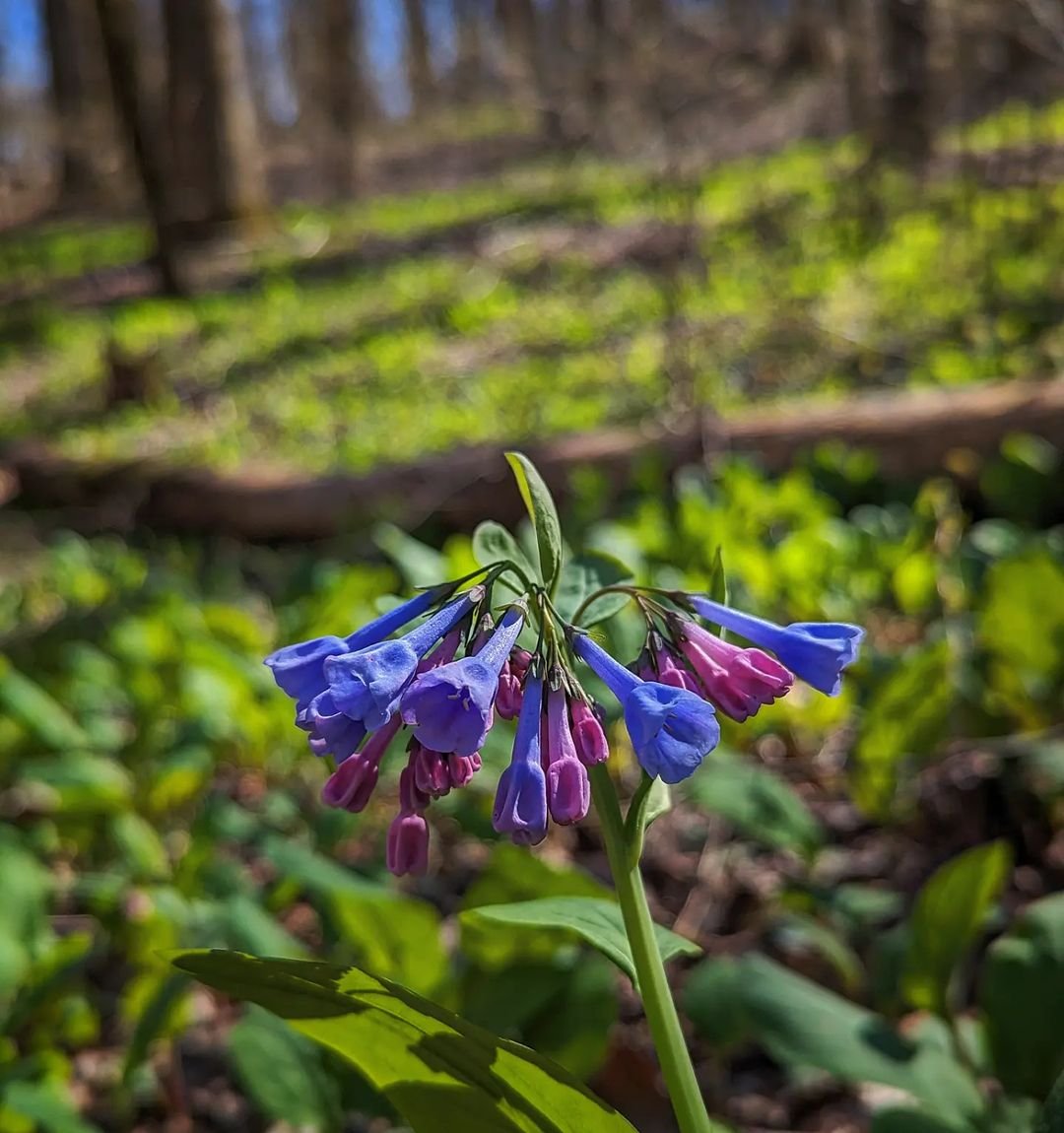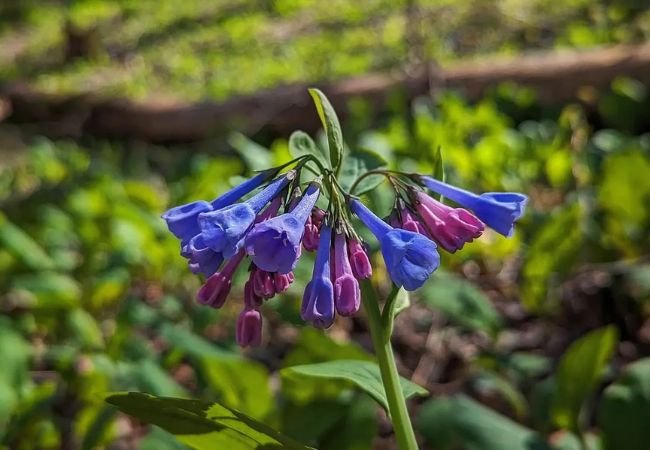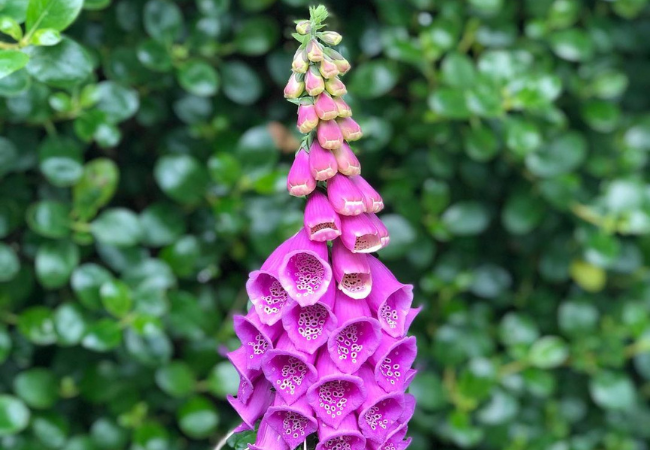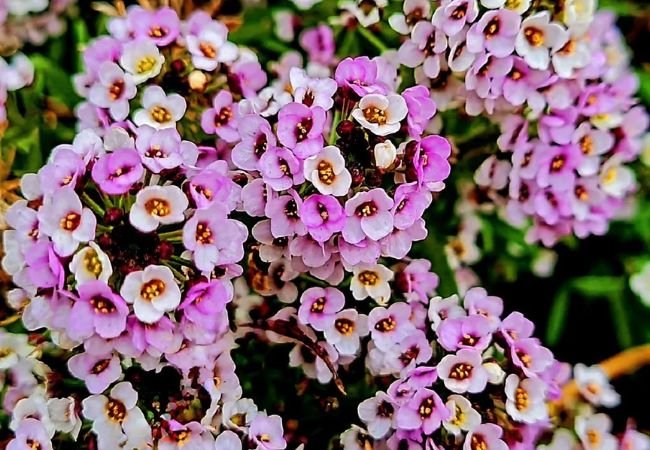Discover the charm of Virginia Bluebells, a beloved spring wildflower. Learn about its growth, care, and importance in American ecosystems in this easy-to-read guide.
When spring arrives in the eastern United States, a beautiful flower called Virginia Bluebells starts to bloom. These pretty blue flowers make forests and gardens look magical. Let’s learn more about this special plant!
Here’s a detailed chart for Virginia Bluebells:
| Category | Information |
|---|---|
| Botanical name | Mertensia virginica |
| Common name | Virginia Bluebells |
| Plant type | Perennial |
| Hardiness zone | Zones 3-8 |
| Sun exposure | Part shade to full shade |
| Soil type | Moist, well-drained soil |
| Watering | Regular watering to keep soil moist |
| Growth habit | Clumping, upright |
| Height/Spread | 1-2 feet tall, 1-1.5 feet wide |
| Special features | Bell-shaped flowers in shades of blue, pink, or white; blooms in early to mid-spring; attractive to pollinators like bees and butterflies; deer resistant; suitable for woodland gardens and shady borders |
What Are Virginia Bluebells?

Virginia Bluebells (Mertensia virginica) are native American wildflowers. They grow naturally in many eastern states. These flowers got their name because they look like small bells and are often blue.
How They Look
- Color: The flowers start as pink buds and turn blue as they open. Sometimes they can be white or light purple.
- Size: Plants can grow 1-2 feet tall.
- Leaves: They have smooth, oval-shaped leaves that are green.
- Blooming time: They usually flower from March to May.
Where They Grow
Virginia Bluebells like to grow in:
- Moist, shady woods
- Along streams and rivers
- Gardens with part shade and rich soil
These flowers are common in states like Virginia, Ohio, and Pennsylvania. They’re also found in many other eastern and midwestern states.
Why People Love Virginia Bluebells
- Beauty: Their blue color is rare in spring flowers.
- Easy to grow: They don’t need much care once planted.
- Help wildlife: Bees and butterflies like their nectar.
- Sign of spring: When they bloom, people know winter is ending.
Growing Virginia Bluebells
If you want to grow these flowers, here’s what you need to know:
- Planting: Put them in a shady spot with moist soil.
- Soil: They like soil with lots of organic matter.
- Water: Keep the soil damp, especially in dry times.
- Care: They’re easy to care for and don’t get many diseases.
After flowering, the plants die back. This is normal. They’ll come back next spring from their roots.
Interesting Facts
- Native Americans used Virginia Bluebells for medicine and food.
- The flowers change color to tell bees which ones have nectar.
- They’re part of the Borage family, like forget-me-nots.
Why Virginia Bluebells Matter
These flowers are important for several reasons:
- They’re part of forest ecosystems.
- They provide early spring food for insects.
- They help stop soil from washing away in woods.
Protecting Virginia Bluebells
While not endangered, these flowers face some threats:
- Loss of woodland habitats
- Too many deer eating them
- People picking too many wild flowers
We can help by
- Planting them in our gardens
- Not picking wild ones
- Supporting forest conservation
Virginia Bluebells are more than just pretty flowers. They’re an important part of American forests and a sign that spring has arrived. By learning about and protecting these flowers, we help keep our natural world healthy and beautiful.
For more gardening tips and plant care guides, visit usagardenhub.com.






